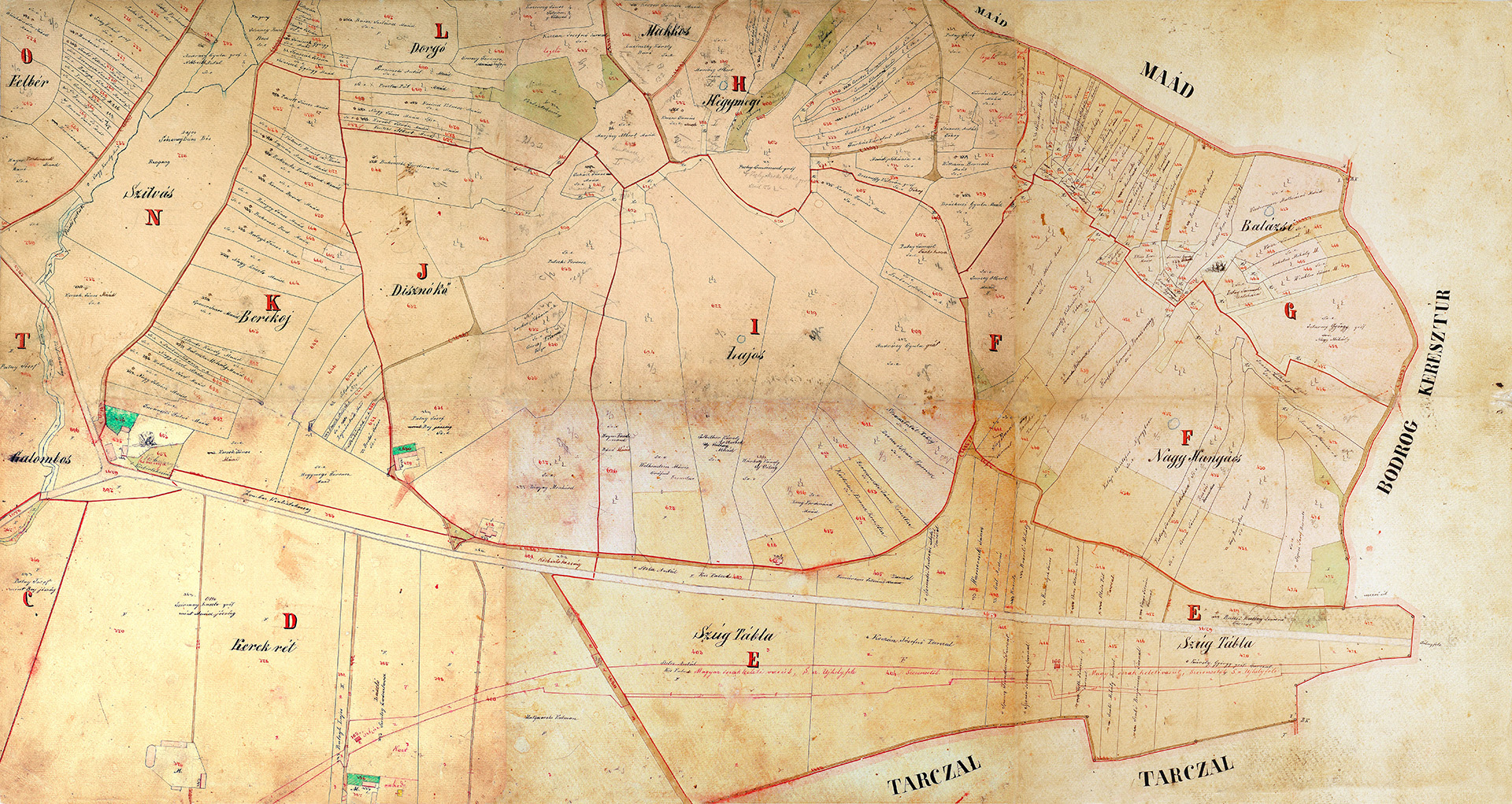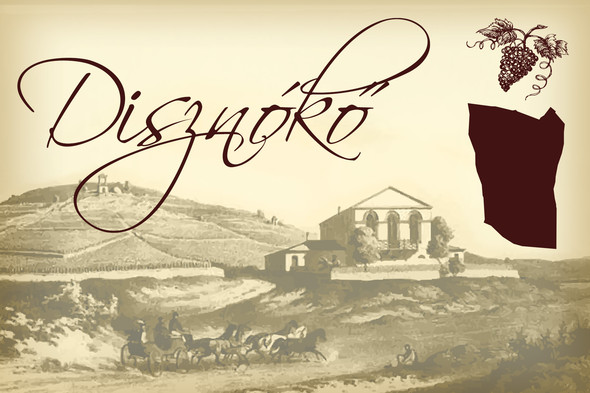The vineyard of Disznókő is in itself a significant milestone in the history of Hungary. It was owned by kings, lords, aristocrats, churchmen as well as by rebellious, “grant of arms” noblemen. Even though the vineyard of Mezőzombor had a rich past, seldom has it appeared in written documents. Rumour has it that it was named after one of its crags that is somewhat reminiscent of a pig. However, others say that it is the shape of the vineyard itself that, if seen from Tarcal, resembles to that of a wild boar. As a vineyard, Disznókő was first mentioned in a written document in 1413, in connection with an inheritance lawsuit. According to that document, palatine Miklós Garay (1366-1434), in the name of King Sigismund of Luxemburg (1387-1437), decided in favour of the Fügedy family in a legal case against the Zombory family. The document that settled the lawsuit contained a list of vineyards among which the vineyard of Disznókő could also be found as “vineae in monte Gyznokew”. It is also known that this territory, alongside with a number of others, was previously owned by a treasurer called István Debrey. However, the lord in question organized a conspiracy against King Sigismund who in 1402, upon realisation of the treachery, drove him and his army out of the country. For this reason, the family fell into disgrace and was deprived of all their territories. Soon, the lands were seized by the Garay family, and later on the Serbian Lazarevic and Brankovic families were the ones to take it. After that, the Hunyadi family acquired the ownership of the estate and the vineyards belonging to that. Then, in the beginning of his ruling, Matthias I. (1458-1490) hypothecated the territories to the Szapolyai family.
In the 16th century, the history of Disznókő was surrounded by deep silence. Mainly, it was due to the fact that numerous written sources were destroyed during the 16th century’s troubled political times. What is quite clear though, is that in the beginning of the 16th century Disznókő was still owned by the previously mentioned Szapolyai family. After the battle of Mohács (1526), the Szapolyai family gradually lost much of their territories and so King Ferdinand I. (1526-1564) became the new owner of the estate. The king did not stick to these territories for long, he soon presented it (alongside with Disznókő) to the Serédy aristocratic family. Although, it was not long before the vineyard changed hands again, seeing that the Serédy family gave most of Disznókő to the parish of Mezőzombor as a gift. However, owing to a series of rapid conquests, the country occupied foreign lands and thus, in the middle of the 16th century, Disznókő changed ownership and became the property of a reformed denomination. This fact is also underpinned by an entry in the village book of Mád which says that in 1628 the vineyard of Disznókő already belonged to the denomination and the vineyard was supervised by Mihály Inczédi, an aristocrat and presbyter from Mezőzombor.
In 1557, the Serédy family’s spear side died off and Ferenc Némethy became the new owner. After his death, the Alaghy family took over the land in 1564. Just like the Serédy family, the Alaghy family’s spear side also died off and the Rákóczy family received the property. To be more precise, the legal ownership was taken over by Count and Lord Chief Justice Pál Rákóczy (1596-1636). This part of the vineyard of Disznókő was undisturbedly owned by the Rákóczy family until 1711. In the first half of the 17th century, both because of purchases from smallholders and through inheritance, the Szeppessy, Bónis and Kátay families acquired significant proportions form a variety of vineyards. Though, since 1413, the Fügedy family remained Disznókő’s owner.
In 1670, after the failure of the conspiracy of Wesselényi, major changes were on the horizon. Seeing that the Bónis, Fügedy, Kátay and the Szeppessy families were all the active parts of the conspiracy and the ensuing uprising, the House of Habsburg confiscated the aforementioned families’ lands and so these became the property of the treasury. The clear-up of the conspiracy triggered a powerful Counter-Reformation movement. Several protestant-owned vineyards were confiscated some of which were donated to catholic parishes and orders (just like the Society of Jesus and the Order of Saint Paul the First Hermit). At the same time, Disznókő was also confiscated and given to the Roman Catholic Church. It was only in the end of the 18th century, during the ruling of King and Emperor Joseph II. (1765-1790), that parts of the vineyard were reclaimed by the previous owners. Until the mid-20th century, the parish of Mezőzombor and the Reformed denomination remained to be the legal owners of Disznókő.
Following Rákóczi's War of Independence, the former royal vineyards in Disznókő were confiscated and, after 1711, were handed to the Erődy, Orczy and Illésházy aristocratic families. The latter family’s spear side died off fairly quickly, thus they were considered notable owners only until 1838.

At the turn of the 18th and 19th century, the Lónyai family acquired the ownership of Disznókő, what is more, they were the ones to build the well-known classicist Yellow Winehouse, somewhere in the middle of the 19th century. When the Illésházy family died off, the Lónyai family took their half of the property. In the beginning of the 19th century, the Degenfeld family came by a significant amount of the vineyards. The aforementioned families remained owners until the very end of the II. World War, when the vineyards of Disznókő were taken into public ownership.






